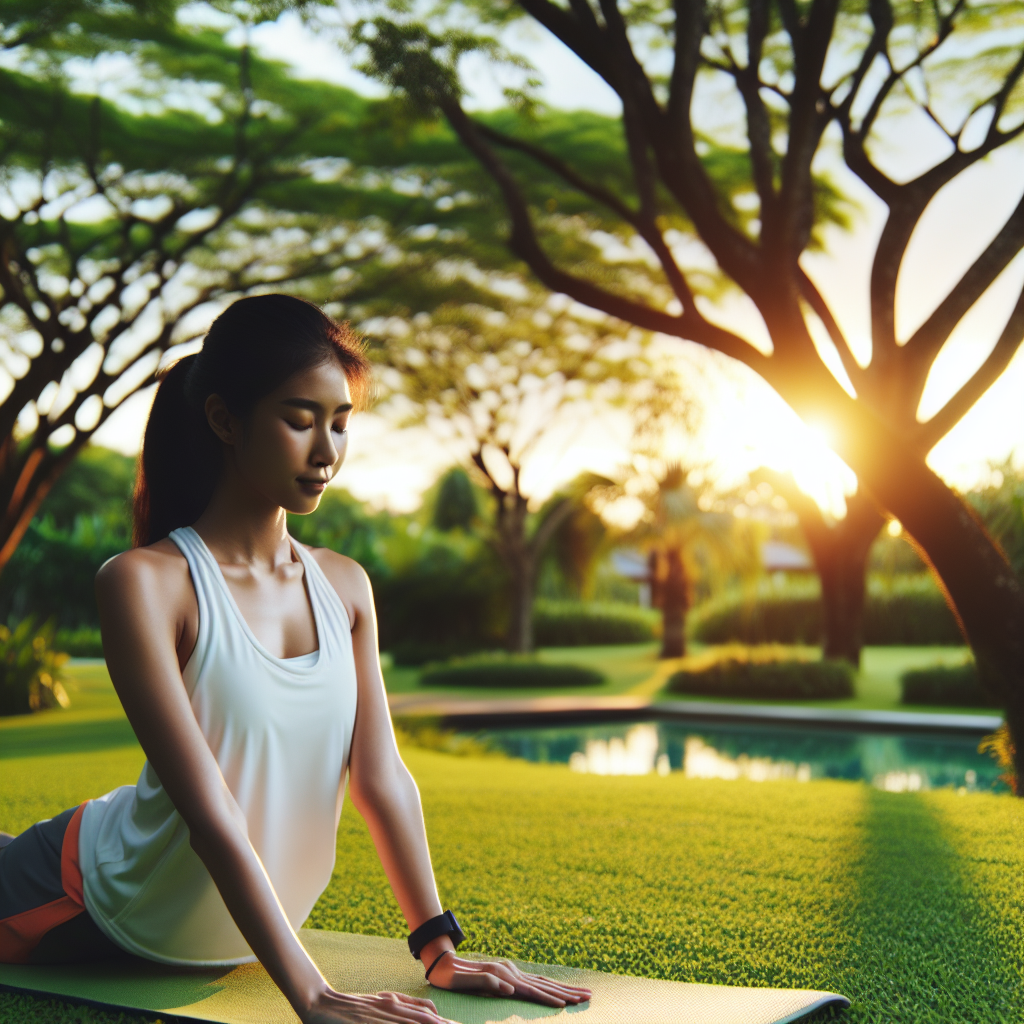Embracing the Athleisure Trend: Tips for Incorporating Sporty Styles into Your Everyday Look
Embracing the athleisure trend has become a game-changer in the fashion industry, blurring the lines between athletic wear and everyday attire. With sporty styles taking center stage on the runways, it’s evident that this trend is here to stay. But how can you successfully incorporate athletic elements into your daily wardrobe without looking like you just came from the gym?
First and foremost, the key to rocking the athleisure trend is finding the right balance between comfort and fashion. Start by integrating classic athletic pieces, such as a sleek bomber jacket or a pair of high-quality leggings, into your ensemble. Pairing these items with more polished staples like a structured blazer or a crisp white button-up can create a perfect harmony between sporty and sophisticated.
Another tip for mastering the athleisure trend is to play with textures and silhouettes. Mix and match different fabrics like neoprene, mesh, and nylon to add a modern, athletic edge to your look. Experiment with relaxed, oversized shapes combined with tailored pieces to achieve a contemporary and effortless vibe.
Accessorizing is also key when it comes to incorporating sporty styles into your everyday outfits. Consider adding elements like chunky sneakers, statement sport watches, or a stylish backpack to elevate your ensemble with an athletic flair. These small touches can make a big impact and solidify your nod to the athleisure trend.
Ultimately, embracing the athleisure trend is all about embracing versatility and embracing comfort without sacrificing style. By carefully curating your athletic-inspired pieces and incorporating them thoughtfully into your wardrobe, you can effortlessly exude an on-trend, sporty-chic aesthetic in your everyday fashion choices.
The Power of Statement Accessories: Elevating Your Outfits with Bold Jewelry and Bags
When it comes to translating the latest fashion trends from the runway to real life, the power of statement accessories cannot be underestimated. Bold jewelry and eye-catching bags have the ability to elevate even the simplest of outfits, adding a touch of glamour and personality to your look.
One of the key trends this season is embracing maximalism, and statement accessories are the perfect way to make a bold fashion statement. Whether it’s a chunky, oversized necklace or a pair of chandelier earrings, don’t be afraid to go big and bold. These accessories can instantly jazz up a casual jeans-and-tee ensemble or add drama to an elegant evening dress.
Another way to rock the latest trends is by indulging in the trend of mixing and matching different textures and styles. Pair a structured, embellished handbag with a flowy, romantic dress for an eclectic look that exudes confidence and creativity. Experimenting with contrasting elements can result in fashion-forward ensembles that command attention.
Furthermore, don’t shy away from vibrant colors and unconventional designs when it comes to accessories. The current fashion scene encourages fearless self-expression, and your choice of accessories can reflect that. Opt for a statement handbag in a striking hue or adorned with playful embellishments to inject a sense of fun into your outfit.
In essence, statement accessories are the secret weapon for taking your outfits to the next level. By incorporating bold jewelry and eye-catching bags into your ensembles, you can effortlessly infuse your personal style with the latest fashion trends, making a memorable sartorial statement every time you step out.
Sustainable Fashion: Stylish Ways to Incorporate Eco-Friendly Pieces into Your Wardrobe
From Runway to Real Life: How to Rock the Latest Fashion Trends
In today’s fashion industry, sustainability is becoming increasingly important. As the world becomes more conscious of the environmental impact of fast fashion, many designers are turning towards eco-friendly practices and materials. This shift towards sustainable fashion is not only better for the planet but also offers stylish and chic options for fashion-forward individuals.
Incorporating eco-friendly pieces into your wardrobe can be a seamless and stylish process. One way to embrace sustainable fashion is by investing in clothing made from organic and recycled materials. Look for pieces made from organic cotton, bamboo, hemp, or recycled polyester. These materials not only reduce the use of harmful chemicals and water waste but also result in high-quality, durable pieces that can elevate your wardrobe.
Another stylish way to incorporate sustainable fashion into your everyday look is by supporting brands that prioritize ethical and eco-friendly production practices. Look for fashion labels that are transparent about their sourcing and production methods, and prioritize fair trade and ethical working conditions. By choosing to support these brands, you can feel good about the impact of your fashion choices while staying on-trend.
Additionally, embracing vintage and second-hand shopping is a fantastic way to add unique and sustainable pieces to your wardrobe. Thrifting not only reduces the demand for new clothing production but also gives a new life to pre-loved garments. You can find one-of-a-kind pieces that add a touch of individuality to your style while reducing fashion waste.
In conclusion, sustainable fashion is a trend that is here to stay. By incorporating eco-friendly pieces into your wardrobe, you can make a positive impact on the environment while staying fashionable and stylish. From choosing clothing made from organic and recycled materials to supporting ethical and transparent fashion brands, there are plenty of ways to rock the latest fashion trends while being mindful of sustainability.
Remember, fashion is not just about looking good – it’s also about feeling good about the choices you make. Embrace sustainable fashion and let your style reflect your commitment to a better, more eco-conscious world.









